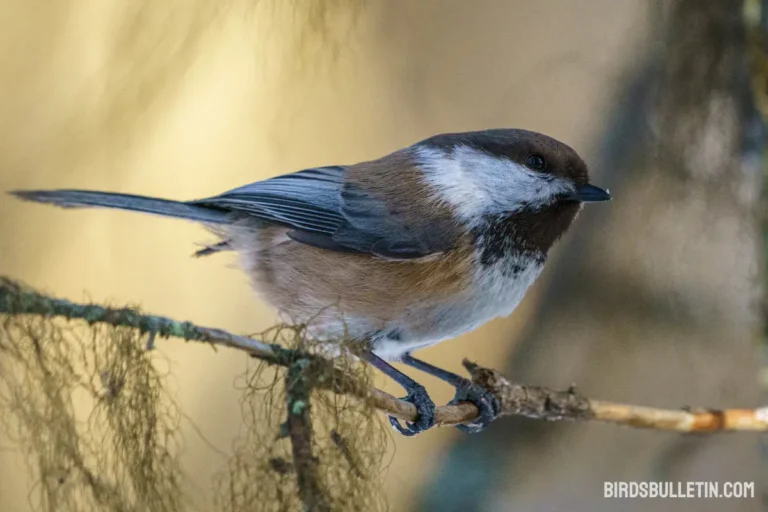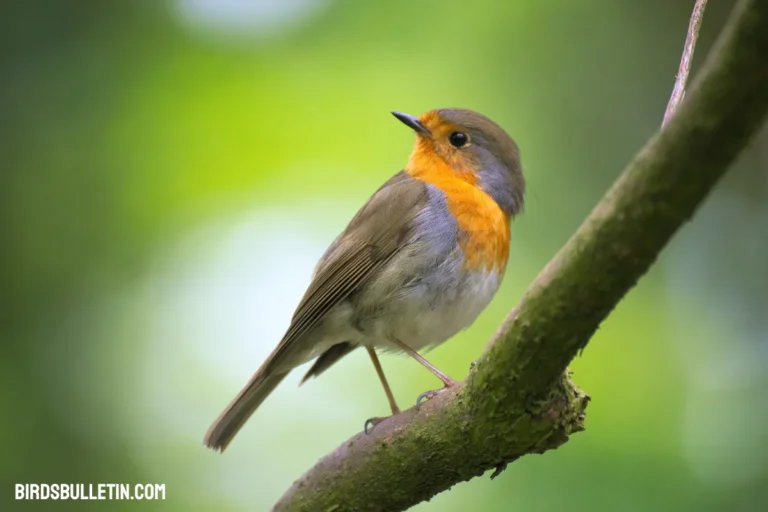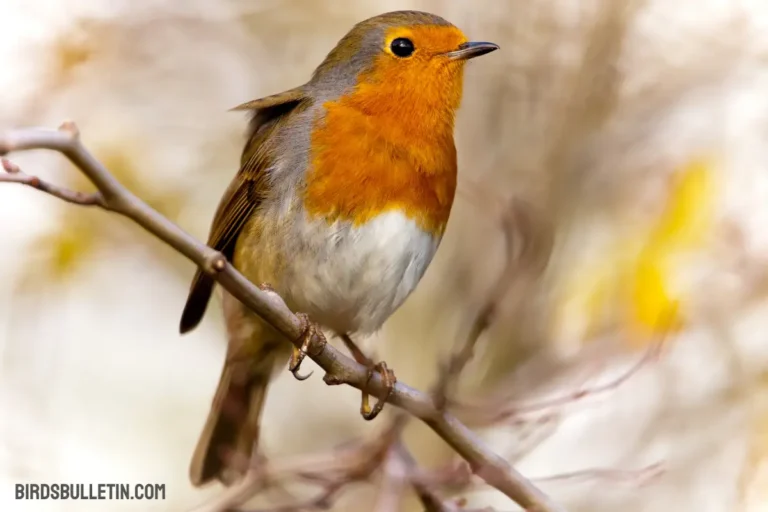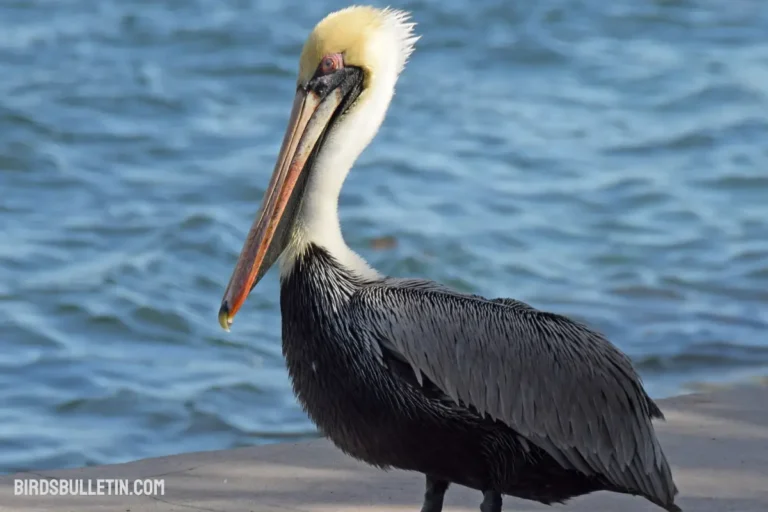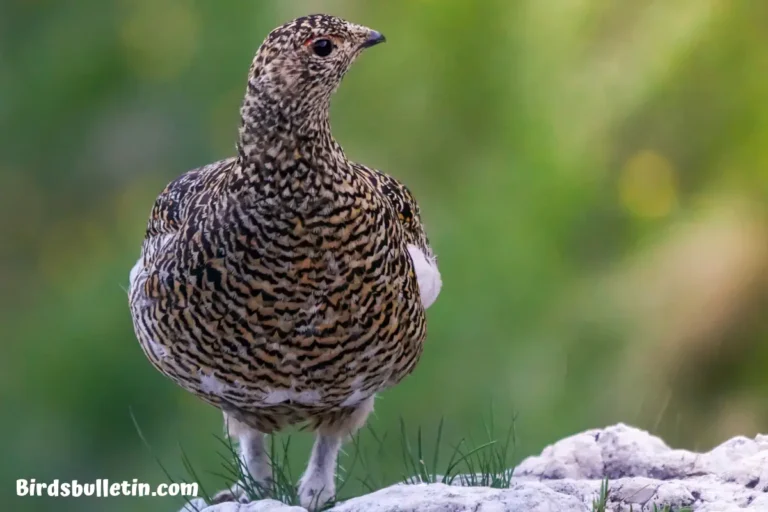Campylorhynchus Brunneicapillus Couesi
This subspecies is often referred to as C. b. couesi holds a notable place in the avian biodiversity of the region. It is found across the southern United States and northern Mexico. The cactus wren is a unique songbird that has adapted to desert environments.
Looking for more overview about bird subspecies:
Scientific Classification
- Kingdom: Animalia
- Phylum: Chordata
- Class: Aves
- Order: Passeriformes
- Family: Troglodytidae
- Genus: Campylorhynchus
- Species: Campylorhynchus brunneicapillus
- Subspecies: C. b. couesi (Sharpe, 1882)

Identification
C. b. couesi can be identified by its large size compared to other cactus wren subspecies. It has pale underparts and lacks streaking on the throat. The upperparts are cinnamon-brown and the wings and tail are barred with black. The bill is long and downward curved.
Location
The range of C. b. couesi includes Nevada, Utah, Arizona, New Mexico, Texas, Sonora, and Chihuahua. It is found in arid environments including deserts and canyonlands. Its habitat consists of areas with stands of tall cacti, especially saguaro cactus.
Interesting Facts
Distinctive Nesting Habits: Cactus Wrens, including the C. b. couesi subspecies are known for building unique globe-shaped nests in cacti, providing protection against predators and extreme weather conditions.
Vocalization: C. b. couesi has a melodious and complex song, often heard echoing in the arid landscapes it inhabits.
Adaptability: These wrens have adapted remarkably well to arid and desert environments, displaying impressive survival skills.
Status
The cactus wren is not considered threatened overall. However, some local populations in the southwest have declined due to habitat loss. Urbanization and conversion of land for agriculture have reduced cactus wren habitat.
Conservation of Natural Habitat
Protecting stands of cacti, especially saguaros, is important for conserving cactus wren populations. Limiting development in desert ecosystems and creating protected areas will help maintain habitat. Removing invasive plant species that compete with native cacti is also beneficial.
Frequently Asked Questions
1. What does C. b. couesi eat?
C. b. couesi is omnivorous, eating insects, spiders, fruits, seeds and nectar. Ground foraging provides insects and nestling birds are fed a diet of insects.
2. What distinguishes C. b. couesi from other Cactus Wren subspecies?
C. b. couesi is larger than the nominate subspecies and is characterized by its paler underparts, setting it apart from other Cactus Wren populations.
3. Why is the conservation of C. b. couesi important?
Conservation efforts are vital to preserve C. b. couesi and its unique habitat. By protecting its natural environment, we ensure the survival of this species and maintain the ecological balance of the regions it inhabits.
4. What are some unique behaviors of C. b. couesi?
C. b. couesi is renowned for its distinctive nesting habits, building globe-shaped nests in cacti. Additionally, its melodious song and remarkable adaptability to arid environments make it a species of interest among ornithologists and nature enthusiasts.
Summary
C. b. couesi is a desert-dwelling subspecies of the cactus wren found across the southern U.S. and northern Mexico. It is distinguished by its large size and pale coloration. C. b. couesi nest in cacti and forage on the ground for insects and other prey.
Maintaining stands of tall cactus species will help protect this unique bird’s habitat. Though not currently threatened, some local declines have occurred due to habitat loss.


